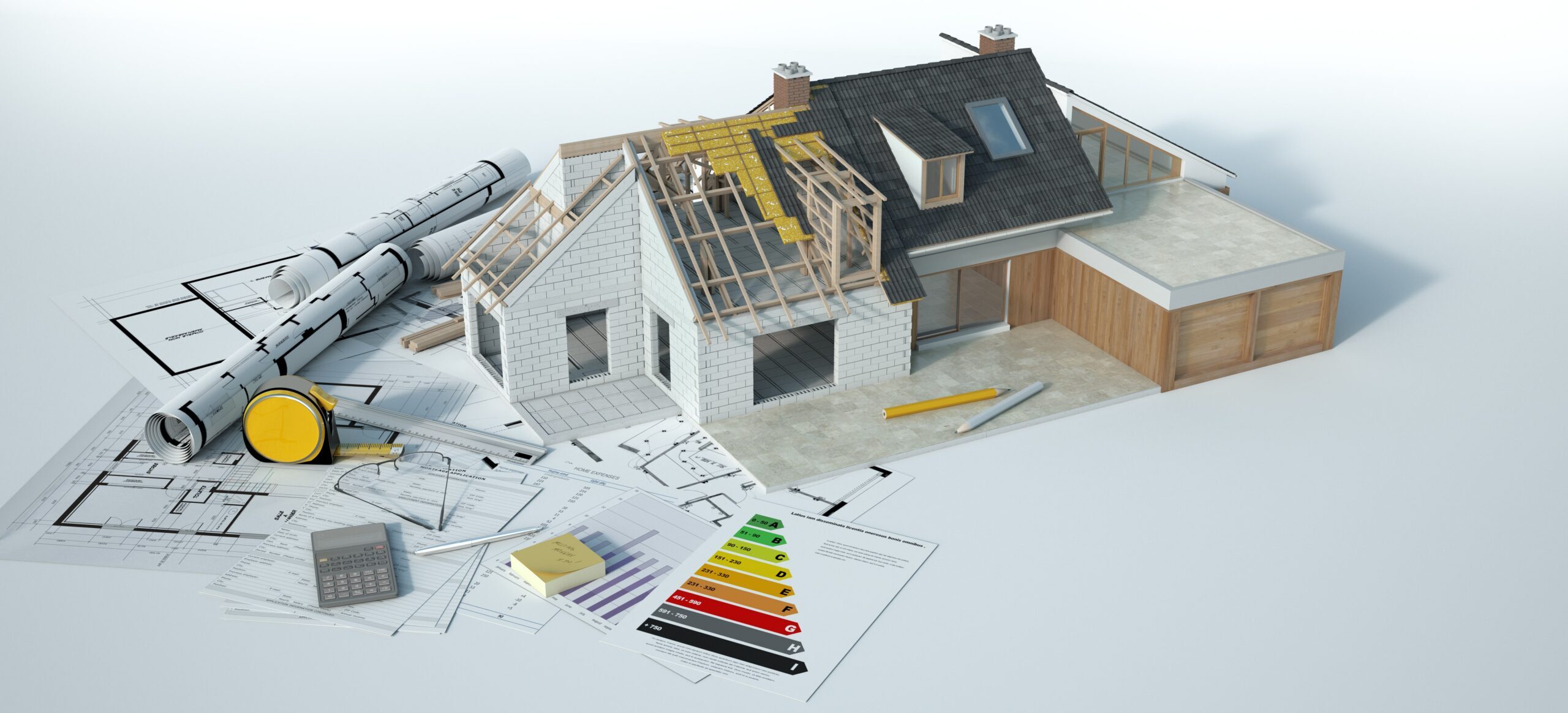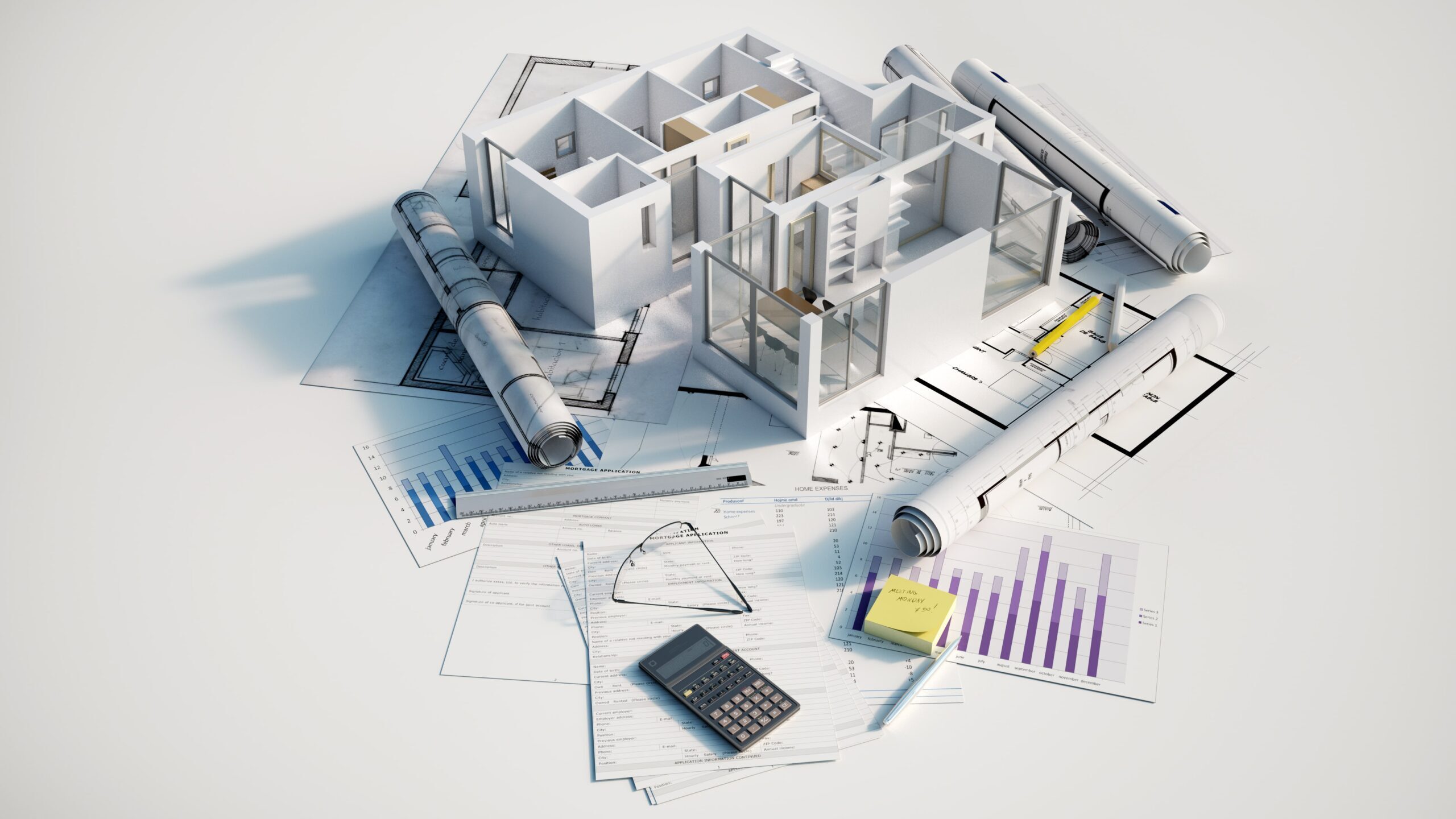Introduction:
The architectural industry is known for its intricate designs and meticulous planning. However, with the integration of Artificial Intelligence (AI), this industry is experiencing a profound transformation. AI is revolutionizing architectural drafting services, offering architects and designers innovative tools that enhance creativity, precision, and efficiency. This blog post delves into the ways AI is reshaping architectural drafting and explores how it is driving the industry towards a future of limitless possibilities.
Streamlining Design and Concept Development:
AI is a game-changer when it comes to streamlining the design and concept development phase of architectural drafting. AI-powered software can quickly generate design options based on input parameters, helping architects explore a wide range of possibilities effortlessly. This not only accelerates the design process but also provides clients with a more comprehensive view of potential outcomes.
Enhancing Precision and Accuracy:
In architectural drafting, precision is non-negotiable. AI-powered tools can analyze complex structural and design data with unparalleled accuracy, reducing the likelihood of errors. From calculating load-bearing capacities to ensuring compliance with building codes, AI ensures that every detail is meticulously addressed, minimizing costly revisions down the road.
Generating 3D Models and Renderings:
AI’s ability to generate 3D models and realistic renderings is a game-changer for architectural visualization. These models offer clients a lifelike representation of their project, allowing them to visualize the end result with astonishing clarity. AI-driven renderings not only save time but also enable architects to iterate and refine designs swiftly.
Optimizing Energy Efficiency:
Sustainability is at the forefront of modern architecture. AI can analyze environmental factors, such as sun exposure and wind patterns, to optimize building designs for energy efficiency. This not only reduces environmental impact but also lowers long-term operating costs for building owners.
Automating Tedious Tasks:
Architects often spend valuable time on repetitive and tedious tasks. AI can take over these tasks, such as drawing generation, data extraction, and documentation, freeing up architects to focus on more creative aspects of their work. This increased efficiency can lead to quicker project delivery and improved client satisfaction.
Collaborative Workflows:
AI facilitates seamless collaboration among architects, engineers, and other stakeholders. With AI-driven project management and communication tools, teams can work together efficiently, regardless of their physical locations. This results in smoother project execution and improved coordination.
Conclusion:
AI is no longer just a buzzword; it is a transformative force in the architectural industry. By harnessing the power of AI, architectural drafting services are becoming more efficient, accurate, and innovative. As architects and designers embrace these AI-driven tools and technologies, they can create architectural masterpieces that are not only visually stunning but also functional and sustainable, shaping a better future for all. The future of architecture is being built with AI, and the possibilities are limitless.




YOUR COMMENT